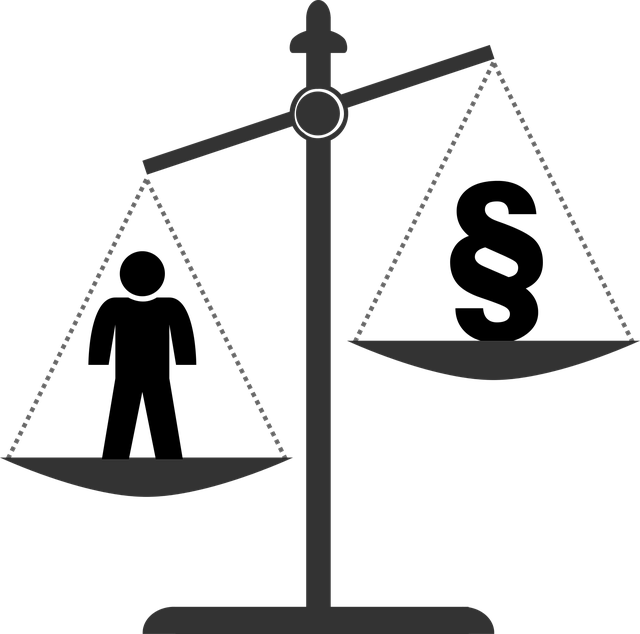Sentencing guidelines significantly affect penalties by providing a structured framework for judges to determine consequences based on offense severity, defendant history, and mitigating/aggravating factors. Understanding these guidelines is crucial for legal professionals and businesses as it offers predictability, transparency, and influences settlement or trial decisions, thereby impacting overall litigation strategy and risk management. Staying current with evolving practices enhances position in litigation.
Litigation risk management is a critical aspect of any business strategy, as legal battles can have severe implications. This article delves into how sentencing guidelines significantly affect penalties, categorizing consequences as severe or mitigated. We explore these guidelines as a legal framework and their impact on litigation outcomes. Furthermore, we provide actionable strategies to navigate and minimize risks, ensuring businesses are equipped to handle potential legal challenges effectively.
- Understanding Sentencing Guidelines: A Legal Framework
- Impact on Penalties: Severe vs. Mitigated Consequences
- Strategies to Navigate and Minimize Litigation Risks
Understanding Sentencing Guidelines: A Legal Framework

Sentencing guidelines play a pivotal role in litigation risk management by providing a structured framework for judges to determine penalties. These guidelines are meticulously crafted legal principles that consider various factors, such as the severity of the offense, the defendant’s prior record, and mitigating or aggravating circumstances. By following these guidelines, courts ensure consistency and fairness in sentencing, making them an indispensable tool for managing litigation risks effectively.
Understanding how these guidelines affect penalties is crucial for both legal professionals and businesses. They act as a safety net, guiding judges to impose just and proportional sentences while also offering predictability and transparency. This predictability can significantly influence a defendant’s decision to settle or proceed to trial, thereby impacting the overall litigation strategy. An unprecedented track record of achieving extraordinary results in risk management often relies on an in-depth understanding of these legal frameworks within sentencing guidelines.
Impact on Penalties: Severe vs. Mitigated Consequences

The impact of sentencing guidelines on penalties is a critical aspect of litigation risk management. These guidelines play a pivotal role in shaping the consequences for individuals or entities involved in legal disputes, particularly in criminal cases. The severity of penalties can vary significantly based on how these directives are interpreted and applied at each stage of the investigative and enforcement process.
When mitigating circumstances are present, sentencing judges often refer to comprehensive sentencing guidelines that emphasize rehabilitation, deterrence, and proportionality. This approach can result in reduced fines, alternative sentences, or even dismissed charges for what might otherwise be severe offenses. In contrast, when offenses are particularly egregious or committed with a high level of culpability, the sentencing guidelines may dictate harsher penalties, including substantial monetary fines, lengthy prison terms, or both. Understanding how these guidelines influence outcomes is essential for crafting effective legal strategies in general criminal defense, ensuring fair treatment throughout jury trials, and ultimately managing litigation risks.
Strategies to Navigate and Minimize Litigation Risks

In navigating litigation risks, a multifaceted strategy is imperative for both corporate and individual clients. One key component involves understanding and adhering to sentencing guidelines, which play a significant role in determining penalties. These guidelines ensure fairness and consistency in legal proceedings, acting as a crucial reference point for judges when imposing sentences. By staying abreast of evolving sentencing practices, organizations can better anticipate potential outcomes and devise effective risk mitigation plans.
Moreover, proactive measures during all stages of the investigative and enforcement process are essential. This includes rigorous internal audits, comprehensive compliance programs, and transparent record-keeping. An unprecedented track record of successful risk management demonstrates a commitment to upholding legal standards and can significantly enhance an entity’s position in the event of litigation.
Effective litigation risk management involves understanding how sentencing guidelines impact penalties, recognizing the difference between severe and mitigated consequences, and implementing strategic navigation tactics. By staying informed about legal frameworks and employing proactive measures, organizations can minimize their exposure to costly litigation outcomes. Remember, proactive risk management is key to ensuring business resilience in today’s legal landscape.






